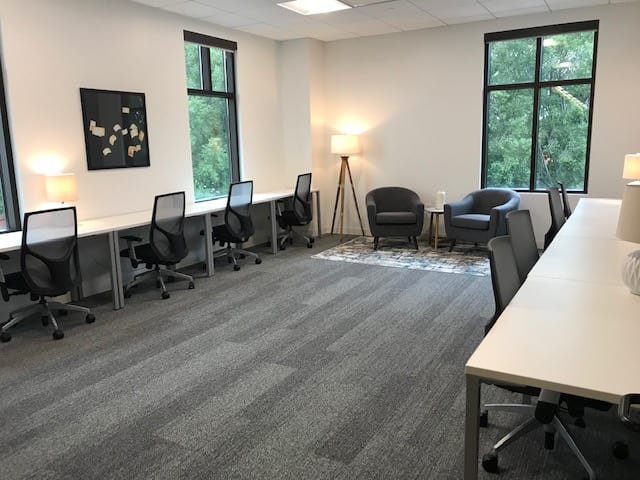Proper Lighting is one of the most vital elements in an office space. This is because it basically the backbone of visibility and functionality as far as workers are concerned. Every office should therefore be well illuminated based on its interior design as well as the prevailing worker needs.
There is a huge variety of office lighting solutions which can be applied with a view of providing a conducive environment for greater worker and process efficiency. These mechanisms also allow office spaces to transform from typically formal and dull environments into bold, stylish and personalised interiors.
The various types of offices which include home offices as well as their traditional counterparts generally point to the fact that different office spaces require different lighting solutions. This article seeks to point out these solutions in a clear and concise fashion while also focussing on the spaces and conditions in which they work best.
Suitable Office Lighting Techniques
Different office spaces generally exist for different purposes. As such effective lighting of these spaces often involves more than just fitting in a bunch of lights. In other words, there are more factors which affect the quality of lighting in an environment than just the lights. These factors include the office plan and layout, the degree and type of ventilation and the general architecture of the space under scrutiny.
Types of Office Lights
Understanding the different techniques that can be used to effectively illuminate an office should also be preceded by a comprehension of the different kinds of lights which are normally used in office settings. These include:
Incandescent
The term incandescent is generally used to refer to the process of emitting light as a function of being heated. Incandescent lights are normally found in older office fixture models. Although they are able to produce light, incandescent lights have been replaced by other types of office lights as a result of their energy inefficiency and short lifespan.
Fluorescent
Fluorescent lighting is generally considered a better office illumination solution when compared to incandescent lighting. This is because fluorescent lights are known to last for a relatively longer period of time when compared to their incandescent counterparts. When it comes to lumen output, fluorescent lights are known to be slower but cooler than their incandescent lights.
The major demerits of fluorescent lighting are usually based on safety, efficiency and scope. In terms of safety, fluorescent lights normally utilise mercury which is considered a humanly hazardous material that may be difficult to safely dispose.
They are also known to flicker more when compared to other alternatives thereby limiting their degree of efficiency. When it comes to scope, fluorescent lights are usually used in the form of tubes due to their limited illumination horizon.
Light Emitting Diodes (LED’s)
There is a wide range of reasons as to why LED lights are generally considered to be the best office lighting alternatives. Their rather high lumen outputs coupled with the temperature coolness they offer are just some of these reasons. Although known to be quite costly, they are known to give great returns of investment due to their superior durability and energy saving qualities.
Best Office Lighting Techniques
The following are some of the stand-out techniques that are utilised when looking to effectively illuminate an office space:
Maximising Natural Light
Natural light possesses certain characteristics which are known to improve worker satisfaction and productivity. One of the ways through which it accomplishes this is through positively affecting the employees’ sleep- wake cycle. By doing this, it is not only able to improve the workers’ sleep quality but also reduce the degree to which employees strain their eyes.
Invest in Ambient Lighting
Ambient lighting is also referred to as general lighting. Ambient lights are known to influence the mood and aura emitted by any given space. This is because they are usually the primary source of lighting in any given office interior. Qualities of ambient lighting such as contrast, directness and intensity must thus be optimised when looking to achieve effective lighting in an office space.
Coloured Lighting
Coloured lighting should mostly be used when looking to draw attention to certain areas of any given workspace. When this type of lighting is used with skill, it is able to increase personality as well as productivity in any given space.
In terms of productivity, it is usually able to psychologically stimulate workers which eventually results in greater yields. It is also able to elevate the degree of attractiveness in any given space thereby enhancing its sense of purpose and personality.
Conclusion
Lighting is often the difference between abundant yields and untold losses. Invest in proper office lighting solutions today for greater levels of success and satisfaction in your business.







